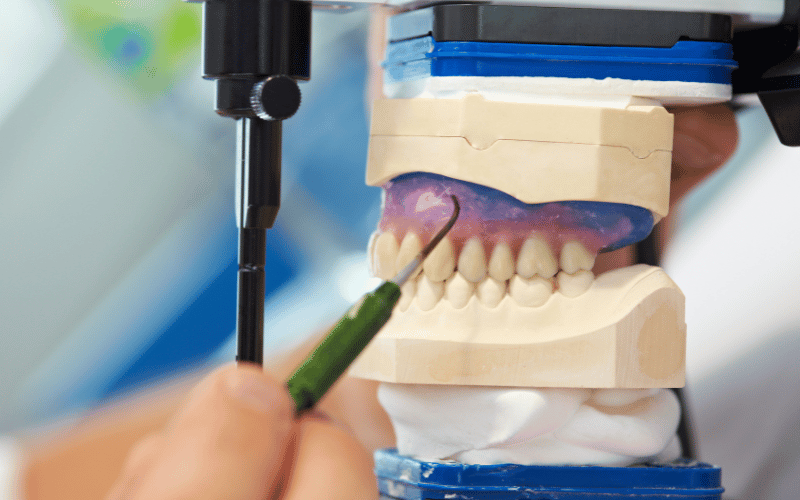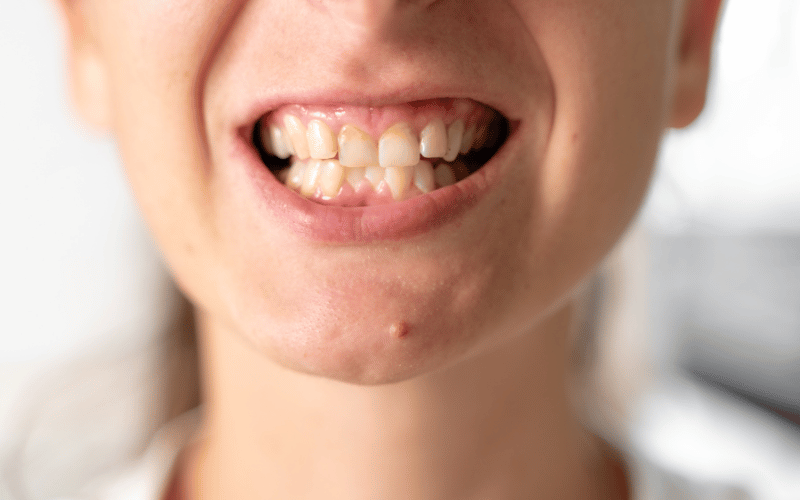Introduction: Unveiling the Facts about Retrognathia
Retrognathia is a term that might not be commonplace in everyday conversations, yet its presence is felt more widely than you might think. It’s a condition marked by the backward positioning of the jaw, often leading to a host of other dental and health concerns. Let’s peel back the layers of this condition to better understand the challenges it poses and the paths to management.

This condition often flies under the radar until it manifests through symptoms that impact one’s quality of life. Imagine waking up every morning with a sore jaw, struggling with sleep, or dealing with dental complexities that just don’t seem to resolve. That’s the daily reality for many grappling with retrognathia. It’s not just about aesthetics; it’s a functional issue that calls for a deeper look into the structural balance of our jaws.
Recognizing retrognathia involves more than a cursory glance at one’s profile. It requires a discerning eye from medical professionals who can identify the nuances of jaw alignment and its systemic repercussions. For those living with this condition, understanding its origins is just the beginning. The genetic and developmental threads that contribute to retrognathia are intricate, adding layers of complexity to diagnosis and treatment.
As we journey through the understanding of retrognathia, the conversation inevitably turns to interventions. What can be done? How can it be managed? And perhaps most importantly, what are the long-term prospects for someone with retrognathia? These are critical questions that deserve thorough answers, grounded in the latest medical insights and patient-centric approaches.
Delving into the topic, we’ll explore the multifaceted nature of retrognathia — from how it’s diagnosed to its impacts on daily life, and the innovative treatments that are changing the landscape for those affected. This is a story of alignment — not just of teeth and jaws but of patient care and medical understanding. As we unfold the complexities, keep in mind that knowledge is more than power; it’s the foundation for well-being in the face of challenges like retrognathia.
1. The Anatomy of Retrognathia: Beyond the Jawline

Retrognathia isn’t just about jaw displacement; it’s a nuanced anatomical variance where the lower jaw is set further back than the upper jaw, often leading to a distinctive facial profile. This misalignment can stem from a variety of causes – some congenital, others developmental. The condition presents unique challenges that range from aesthetic concerns to functional issues such as chewing difficulties.
The structural idiosyncrasies of retrognathia mean that each case is as individual as the person it affects. It’s a condition that illustrates the complexity of human anatomy, highlighting how even slight variations can have significant impacts. The jaw’s position is pivotal for both form and function – it shapes our face and facilitates vital actions like speaking and eating.
Delving deeper, one finds that retrognathia can influence more than just outward appearance. It has the potential to affect respiratory functions, given the jaw’s proximity to the airway. This relationship underscores the jaw’s role beyond mastication and articulation, extending to the very rhythm of our breath – a silent yet critical aspect of our well-being.
The jaw’s intricate connection with the skull base also brings a layer of complexity to retrognathia. It’s not a condition isolated to the mandible; it involves an ensemble of skeletal and soft tissues that together maintain the delicate balance of the craniofacial structure. Understanding this anatomy is crucial for appreciating the subtleties of retrognathia.
Fascinatingly, the condition is a testament to the adaptability of human anatomy. Despite the misalignment, many individuals with retrognathia lead full lives, with the body making remarkable accommodations. It’s a vivid example of resilience, where biology finds its path to equilibrium, even amidst asymmetry. (1)